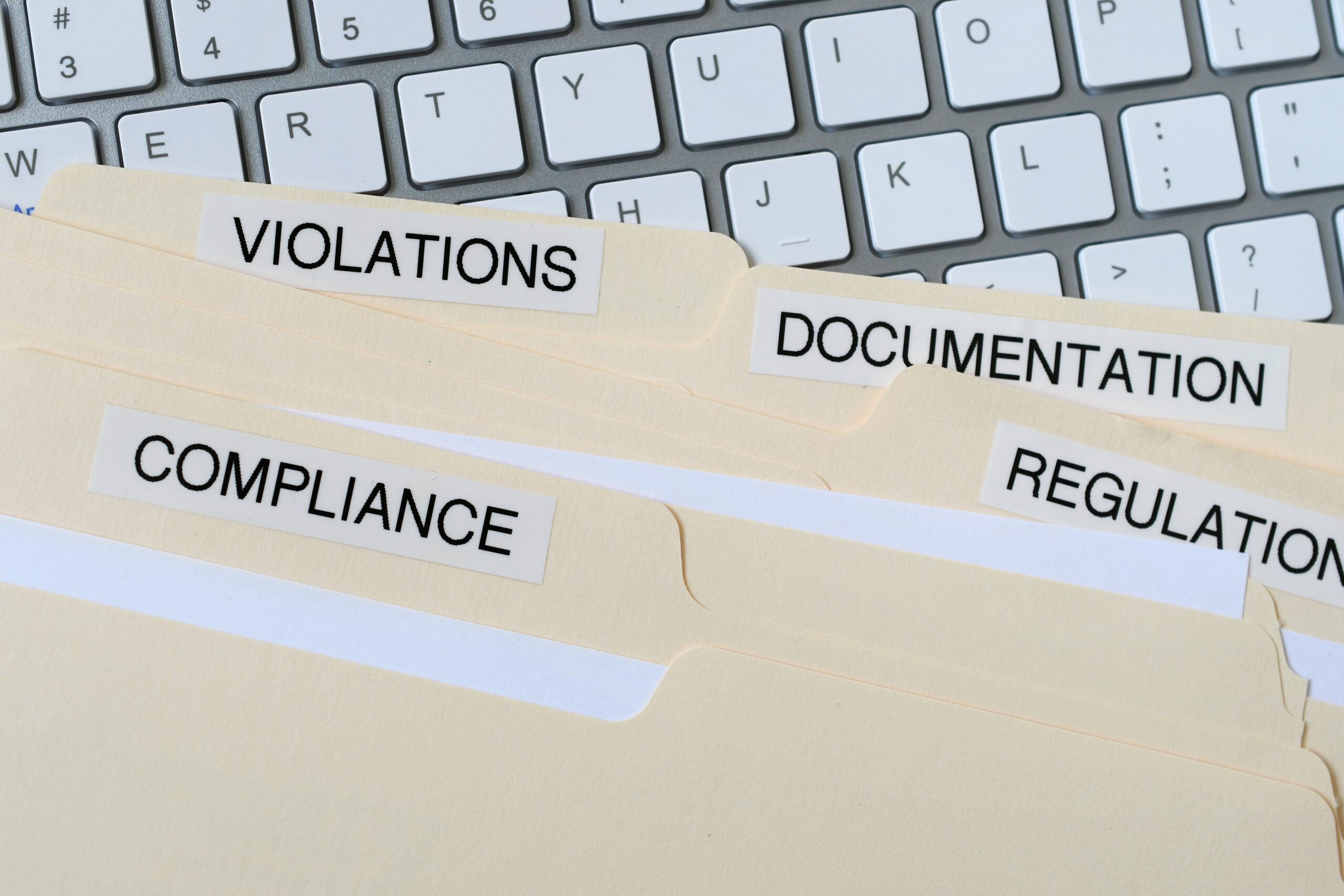It’s the job of the Homeowner’s Association (HOA) to enforce the rules and regulations of its governing documents. The rules and regulations help keep order and harmony in the HOA community.
If a member of the community violates the rules and regulations of the HOA, it can have adverse effects on the community and its members. When dealing with HOA violations, here’s what you need to know to efficiently and fairly handle the situation.
How to Handle HOA Violations
Check the bylaws: If you’re dealing with a suspected HOA violation, check your HOA bylaws first. Your association’s CC&Rs will typically list the most up-to-date bylaws and rules for your community. The bylaws will outline specific actions you can take in response to certain violations.
Violations issued by the board can range from fines to small claims court claims, and sometimes violations could even result in liens on the property.
Declare a violation: If you find that a resident has committed a violation, your next step is to declare that violation via a violation letter. The HOA violation letter should outline the offense and the consequences of not addressing it. If you employ a property management company, you can ask them to handle the violation letter and any legal activity that would occur as a result. Depending on your bylaws, you may have a policy that only gives the resident a warning if this is their first offense.
When communicating with a resident about a violation, it’s essential to provide adequate information on the violation and an acceptable time frame to attend a hearing.
In addition, you may find it useful to speak to the resident about a suspected violation first before issuing a written warning.
Have a hearing: When a homeowner receives notice of a violation, they have a right to a hearing in front of the HOA board. This also allows the association to establish the legitimacy of the hearing. The HOA should include a date and time with enough advance notice so that the homeowner can easily attend.
Establish a timeframe: Once the hearing is complete, the HOA will typically provide a written decision and a timeframe to make any corrections as stated in the CC&Rs. If a homeowner is not satisfied with the hearing, they can file an appeal.
Have consistency: A crucial factor in communicating and resolving HOA violations to your members is consistency. Associations should be consistent and non-discriminatory when enforcing rules and violations.
When helping your members resolve a violation, it’s critical for homeowners to fully understand the rules and enforcement processes. Helping homeowners become aware of your community’s CC&Rs will ensure a smooth legal process in case of a violation dispute. Information and education are invaluable HOA components for keeping homeowners happy and safe!







